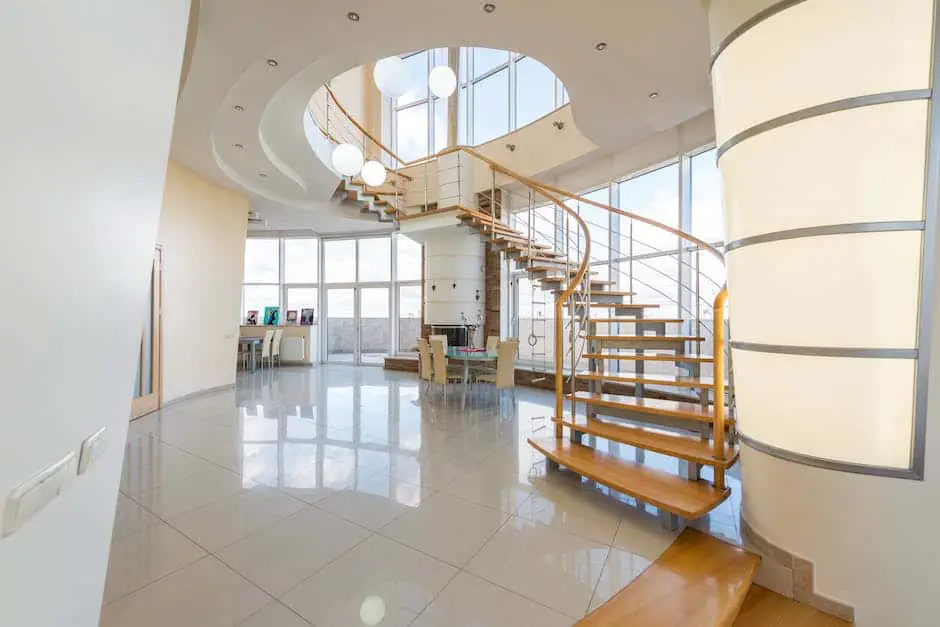
How to Renovate a Rental Property for Aging in Place
As the population ages, the demand for rental properties that cater to the needs of older adults is on the rise. One way to meet this demand is by renovating your rental property to accommodate aging in place. This article will provide valuable insights on how to make your rental property more accessible and comfortable for older tenants, including examples, case studies, and statistics to support your decisions. Let’s start by defining what aging in place is and why it’s essential for today’s real estate market.
What is Aging in Place?
Aging in place refers to the concept of older adults living in their homes or rental properties for as long as possible, with the necessary modifications and support systems in place to ensure their safety, comfort, and independence. This approach is becoming increasingly popular as it allows seniors to maintain their quality of life and avoid the high costs and emotional stress associated with moving to assisted living facilities or nursing homes.
Why Renovate a Rental Property for Aging in Place?
- Increasing demand: According to the U.S. Census Bureau, the number of Americans aged 65 and older is projected to nearly double from 52 million in 2018 to 95 million by 2060. This growing demographic will require more age-friendly housing options, creating a lucrative market for rental property owners who cater to their needs.
- Higher rental rates: Properties that are designed for aging in place can command higher rental rates due to their specialized features and amenities. This can result in a higher return on investment for property owners.
- Long-term tenants: Older adults who find a rental property that meets their needs and allows them to age in place are more likely to stay for the long term, reducing tenant turnover and vacancy rates.
- Increased property value: Renovating a rental property to accommodate aging in place can increase its overall value, making it more attractive to potential buyers if you decide to sell in the future.
Key Renovations for Aging in Place
When renovating a rental property for aging in place, it’s essential to focus on accessibility, safety, and comfort. Here are some key renovations to consider:
1. Entrance Modifications
Ensure that the property’s entrance is easily accessible for older adults, especially those with mobility issues. This may include:
- Installing a ramp or zero-step entry for wheelchair access
- Adding handrails or grab bars for support
- Widening doorways to accommodate walkers or wheelchairs
- Installing lever-style door handles for easier operation
2. Bathroom Upgrades
Bathrooms can be particularly hazardous for older adults due to the risk of slips and falls. Consider these upgrades to improve safety and accessibility:
- Installing a walk-in shower with a built-in seat and grab bars
- Adding a raised toilet seat with handrails
- Installing non-slip flooring and mats
- Replacing traditional faucets with lever-style handles or touchless models
3. Kitchen Modifications
Make the kitchen more functional and accessible for older tenants by:
- Lowering countertops and cabinets for easier reach
- Installing pull-out shelves and drawers for better organization
- Adding a wall-mounted oven at a comfortable height
- Replacing traditional knobs with lever-style handles or touchless models
4. Flooring Improvements
Choose flooring materials that are slip-resistant, easy to maintain, and comfortable underfoot, such as:
5. Lighting Enhancements
Improve visibility and reduce the risk of falls by:
- Adding more lighting fixtures, especially in hallways, stairways, and entryways
- Installing motion-sensor lights for added convenience and safety
- Using LED bulbs for energy efficiency and longer lifespan
Case Study: Successful Aging in Place Renovation
A real estate investor in Florida purchased a single-family home with the intention of renovating it for aging in place. The investor made several key modifications, including widening doorways, installing a walk-in shower with grab bars, adding a ramp to the front entrance, and upgrading the kitchen with accessible features. As a result, the property attracted a long-term tenant who was willing to pay a premium for the age-friendly amenities. The investor saw a significant return on investment and increased the property’s overall value.
Conclusion
Renovating a rental property for aging in place is a smart investment strategy that can result in higher rental rates, long-term tenants, and increased property value. By focusing on accessibility, safety, and comfort, property owners can cater to the growing demand for age-friendly housing and improve the quality of life for older adults. With the right renovations and a thoughtful approach, your rental property can become a desirable option for seniors looking to maintain their independence and age in place.